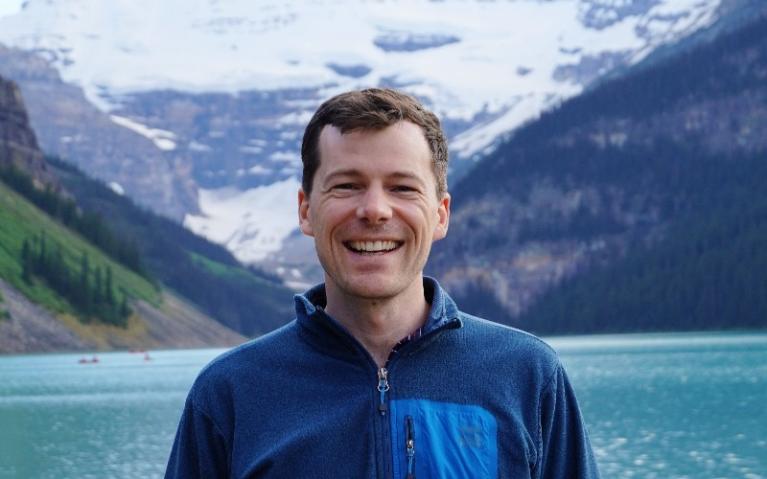Assistant Professor
Research Classification
Research Interests
combine mathematical,computational and statistical tools to study fundamental biological processes
regulation and determinants of gene expression and translation
Machine Learning for Biological Imaging and Microscopy
Database development and management
Biological and Artificial Neural Networks for geometric representation
Relevant Thesis-Based Degree Programs
Affiliations to Research Centres, Institutes & Clusters
Research Options
I am available and interested in collaborations (e.g. clusters, grants).
I am interested in and conduct interdisciplinary research.
I am interested in working with undergraduate students on research projects.
If this is your researcher profile you can log in to the Faculty & Staff portal to update your details and provide recruitment preferences.
Membership Status
Member of G+PS




